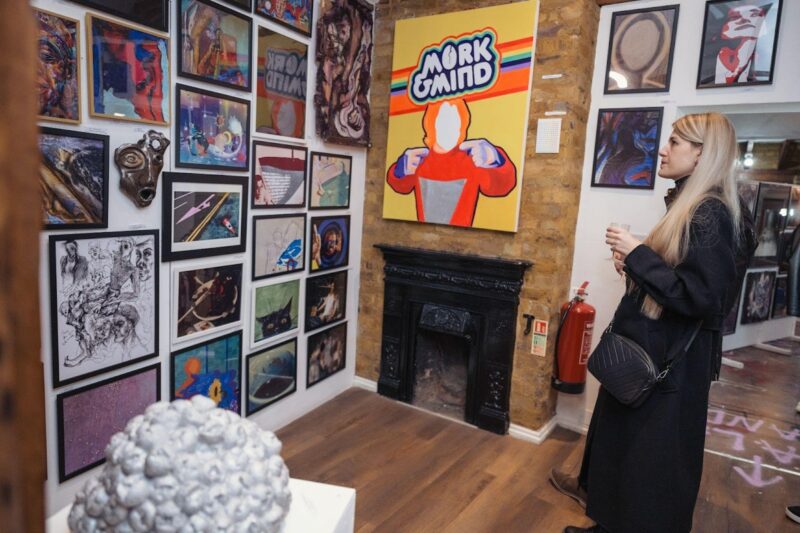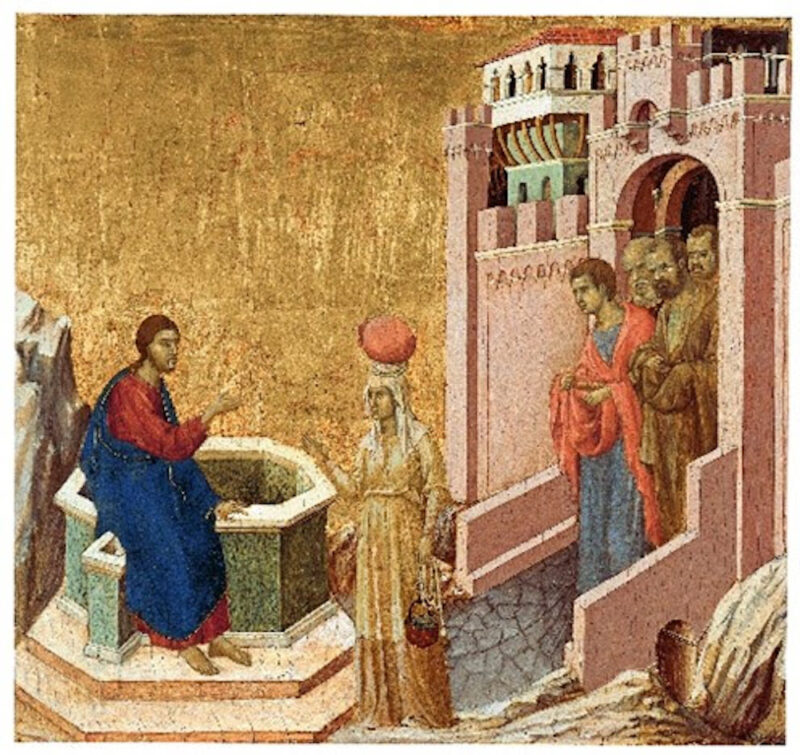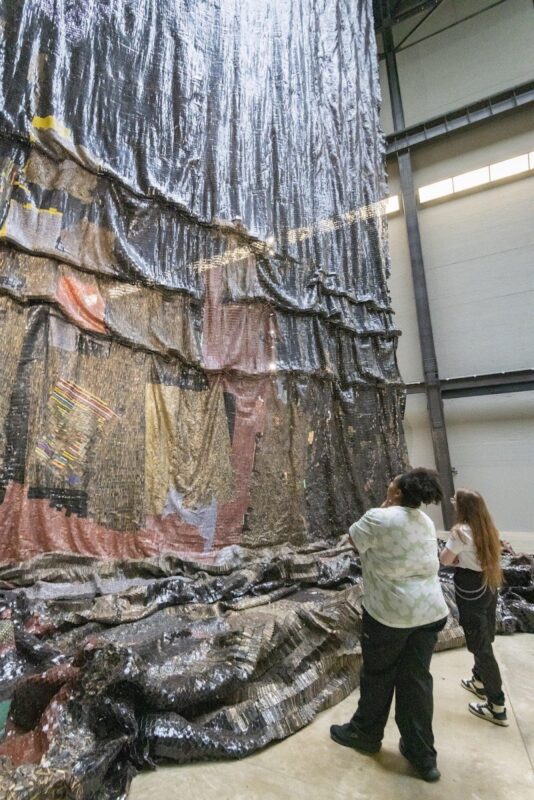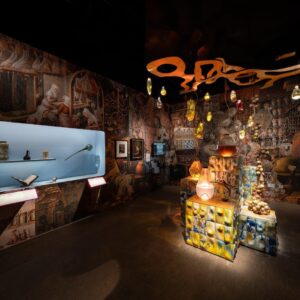Random Room Roulette # 5 =
Kimberley will attempt to combine her knowledge into contrasting aspects of artistic studies: History of Art and Contemporary Art and Theory. Her challenge = to pick a room of the National Gallery, London at random and find a painting there, whether it be Gothic, Renaissance, Impressionist or Medieval in style, to analyse using contemporary theory.
Can she achieve a deeper level of interpretation? Or will such a random task disintegrate into nonsensical ramblings??
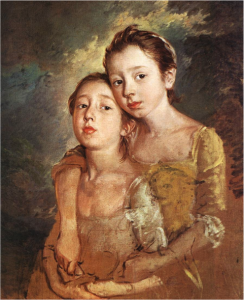 [ Thomas Gainsborough, “The Painter’s daughters with a cat”, 1760-1761, oil on canvas, 75.6 x 62.9 cm © National Gallery, London ]
[ Thomas Gainsborough, “The Painter’s daughters with a cat”, 1760-1761, oil on canvas, 75.6 x 62.9 cm © National Gallery, London ]
Random Room Roulette # 5 = Room 35 : Hogarth and British Painting
Thomas Gainsborough, “The Painter’s daughters with a cat”, 1760-1761
Room 35 boasts the 18th century achievements of the wishful, hardworking Brits as they attempted to match the painterly standards of their European contemporaries. Here, the Brits fight back for the limelight.
“The Painter’s daughters with a cat” in particular demonstrates Thomas Gainsborough’s break for creative freedom, conveying directness and sympathy with his subjects, in contrast to his conventionally economic and assured paintings.
Gainsborough’s unfinished painting can be seen as examining the fluidity between contrasting spatial planes. His delicate brushstrokes and divine lighting techniques create a smooth dialogue between figure and ground; his daughters look at peace in relation to the sublime background – Gainsborough’s love for his daughters is transposed in the heavenly tonal qualities and gentle linear distributions in the painting.
The girls are represented together, but also autonomously; their individuality is clear and the personal affection Gainsborough felt for them both is translated onto the canvas’ surface. This notion of personality and essence adds a further dimension to the image of memory, perception and the timelessness of art. The figures are unfinished, reduced, in order to discuss authenticity and the changing aesthetics and essence of humanity. Free brushstrokes and loose, linear representation permits enthused spectatorship and comments on changing aesthetics and the truth of representation. The exposed brush techniques, under-drawings and individual strokes that are on show in the painting can be seen as demonstrative of Gainsborough’s reliance on materials, the fabrication of images and the perception of others. Therefore the viewer is asked to question their own materialism, their relationships with loved ones and re-evaluate their ideas of personality, truth and authorship.
Whilst all these statements are not strictly true, and were unquestionably not the artist’s intention, they do demonstrate the manner in which loose, vague contemporary theory can be applied to any image, and it kind of makes sense. This analysis does not aim to bring a new level of interpretation but instead aims to critique contemporary art press releases and commentaries. Here, the phrases, terminologies and assumptions used are those that crop up in contemporary art brochures all the time, and when applied to say, a photography exhibition or a piece of modernism or abstraction, they offer insight and relevance, they are also jargon that with only a little imagination, can be applied to almost any image. Any insinuation or critique surrounding authorship or identity is easily adhered to modern art, but often ends up limiting the spectator’s own interpretations, so beware!
www.nationalgallery.org.uk
READ: National Gallery: Random Room Roulette #4
– words by Kimberley Brown

